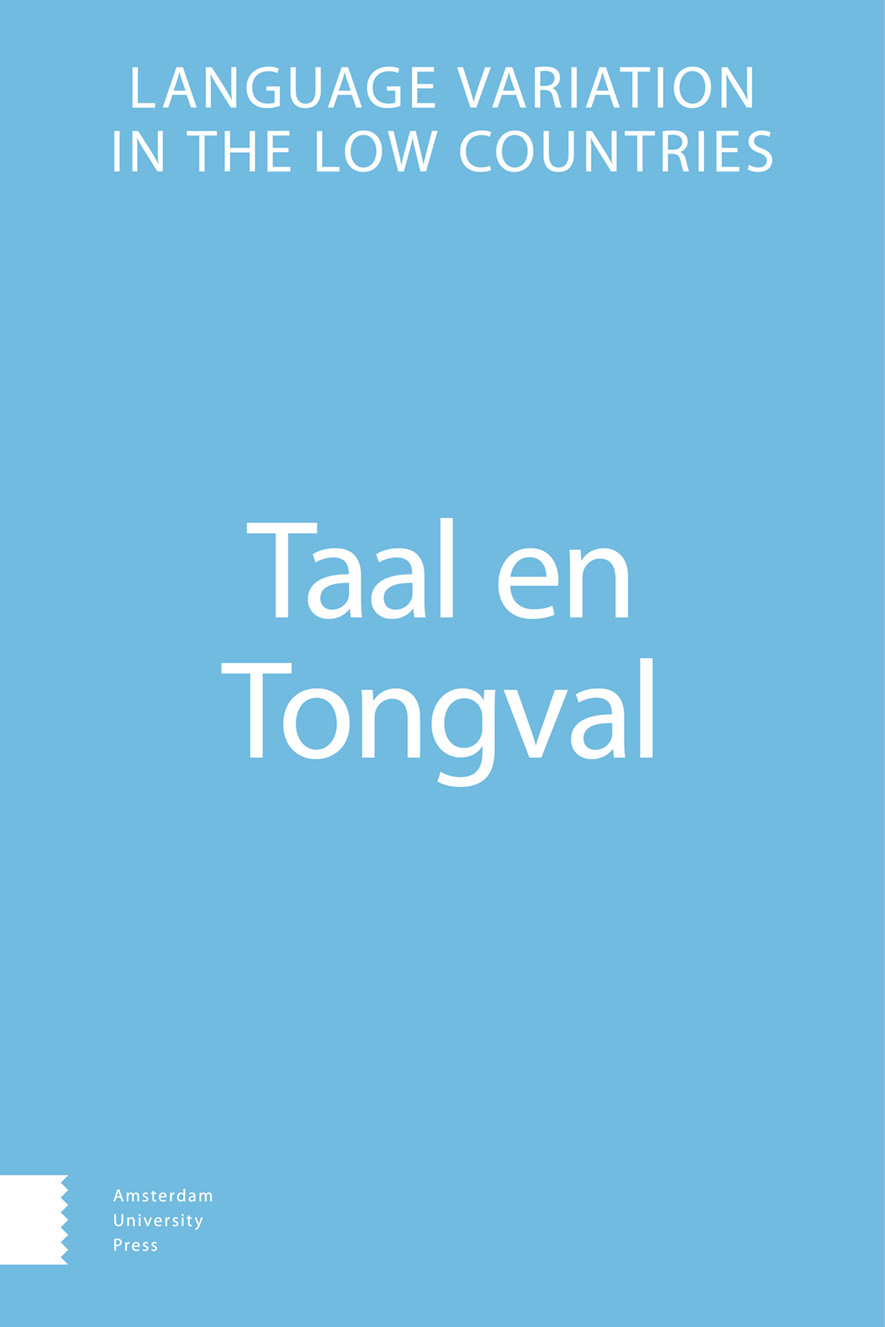- Home
- A-Z Publicaties
- Taal en Tongval
- Previous Issues
- Volume 69, Issue 2, 2017
Taal en Tongval - Volume 69, Issue 2, 2017
Volume 69, Issue 2, 2017
-
-
Possessor truncation in kinship terms in Dutch dialects
Meer MinderDoor Gertjan PostmaAbstractPossessor truncation in kinship terms in Dutch dialects
In this study we report a hardly noticed, poorly studied, and non-understood property of kinship terms in many Dutch dialects: a distinct, more impoverished possessor inflection in kinship terms, which was coined “possessor truncation” in Goeman et al. (2008). After reporting dialect-geographical, diachronic, and morphological properties of possessor truncation, we give a morphosyntactic account inspired on determiner drop in kinship terms in Italian. Possessor truncation in Dutch and determiner drop in Italian can be unified under the assumption that kinship terms generate their referential role within in the sub-lexical domain, while ordinary nouns merge these argumental properties in the supra-lexical domain.
-
-
-
Verbreiding en oorzaak van h-procope en h-prothese in het Middelnederlands
Meer MinderAuteurs: Margit Rem, Nicoline van der Sijs & Marjolein van OsAbstractThe diffusion and cause of procope and prothesis of h in Middle Dutch
In this article we examine the geographical distribution of procope and prothesis of h in Dutch charters from the 13th and 14th centuries, and the frequency with which these phenomena occur, while trying to find patterns in the data. We then venture an explanation of why these phenomena originate in the Flemish dialects. Our hypothesis is that procope of h was induced by language contact between Dutch (Flemish) and French, due to the many bilinguals in Flanders. The contact situation triggered an already existing internal tendency by which h was lost or weakened before sonorants and glides to also affect prevocalic h.
-
-
-
Diminutieven van basissen op een vocaal of glijder in de centraal-zuidelijke en de zuidwestelijke dialecten. Een precisering
Meer MinderDoor Johan TaeldemanAbstractDiminutives of bases on a vowel or glide in central southern and south western dialects: a specification
The excellent first part of the Morphological Atlas of the Dutch Dialects (MAND 2005) discusses the formation of diminutives in Dutch dialects, taking diminutives of bases ending on 'vowel, diphtong or glide' as a point of reference, 'after which the diminutive suffix can develop freely and most naturally.' Based on data from central southern and southwestern dialects, this article presents a more precise account, in which bases ending on a monophtong are contrasted with bases ending on diphtongs and glides.
-
-
-
Persoonsdeixis in het zuidelijk Bargoens van de negentiende en de twintigste eeuw
Meer MinderAbstractPerson deixis in southern Dutch Cant of the nineteenth and twentieth century
The dialects of Dutch Cant (Bargoens) spoken in the Low Countries south of the great rivers used a specific person deixis. The speaker and the addressee were not referred to by means of pronouns, as in standard Dutch, but by means of lexicalized nominal markers. Nominal person deixis, however, is less suitable for differentiation than pronominal deixis and so tends to make reference to the addressee less precise – which contributes to the deliberate incomprehensibility that a secret group language such as Dutch Cant seeks after.
This article presents a linguistic description of person deixis as found in the dialects of younger southern Dutch Cant. Most of these dialects no longer being spoken, we can describe them only on the basis of sources which have preserved them. For at least twenty dialects such written sources are available. However, apart from a few exceptions these sources are mere lists of Cant words in which examples of specific person deixis are few and far between. To establish the system of person deixis in a given Cant dialect, we need texts written in that dialect, dialogues with sentences and references to speaker and addressee. There are no texts with an adequate number of occurrences of person deixis that might make an exhaustive description of the whole domain possible, since the domain of person deixis also covers possessive and reflexive constructions as well as non-specific person deixis. The only dialects for which longer texts in younger southern Dutch Cant are available are those of Zele in the province of East-Flanders (Belgium) and the Groenstraat in Landgraaf in the southern province of Limburg (the Netherlands).
The article describes the differences between person deixis in Standard Dutch and in the dialects of younger southern Cant. To this end the available source material is used. On the basis of some fifty lists of Cant words it is shown which person markers are used in which dialects. Person deixis in the Cant of Zele and of the Groenstraat in Landgraaf is described as exhaustively as possible by the sole means of sentences from the texts available for these two places.
-
Most Read This Month


